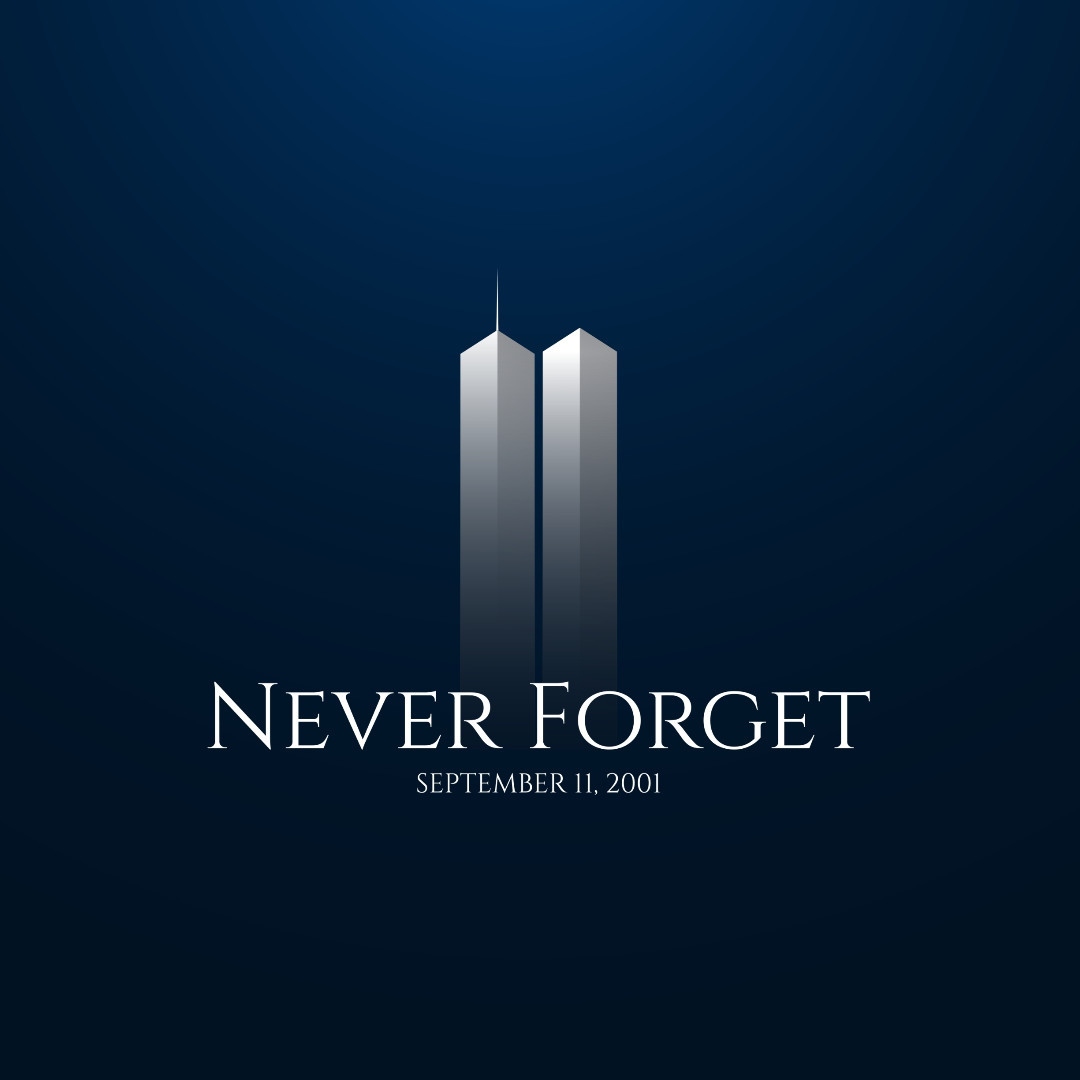This post, New EPA Pharmaceutical Hazardous Waste Rule Finalized, first appeared on https://www.jdsupra.com.
On February 22, 2019, EPA published its final rule governing standards for the management of pharmaceutical hazardous wastes in the Federal Register (Final Rule).1 The Final Rule’s publication in the Federal Register sets August 21, 2019 as the effective date, starting the clock on a six-month window for companies to update their compliance procedures. In addition, as of February 6, 2019, the maximum civil penalty assessed for hazardous waste violations under the Resource Conservation and Recovery Act (RCRA) has been increased to $74,552, which may be assessed on a per day, per violation basis.2
This alert provides an update on who is affected by the final rule, and the implications for management of hazardous waste pharmaceuticals.
Background
Certain pharmaceuticals are regulated as hazardous waste under RCRA when discarded. The Final Rule initially proposed in 2015, will allow pharmaceutical distributors, healthcare facilities, and other sites that manage these wastes to exclude hazardous waste pharmaceuticals from regulation under the more stringent RCRA hazardous waste management standards.
According to EPA, the pharmaceutical rule was designed to create regulations that are a better fit for the healthcare sector; eliminate the intentional sewering of hazardous waste pharmaceuticals; reduce overlapping regulations; provide regulatory clarity and national consistency on how RCRA applies to reverse distribution and reverse logistics; and to provide regulatory relief to healthcare facilities that are strictly regulated as large quantity generators.
Who is Affected?
The Final Rule applies to healthcare facilities that generate, accumulate, or otherwise handle hazardous waste pharmaceuticals and reverse distributors engaged in the management of prescription hazardous waste pharmaceuticals. However, the Final Rule does not apply to non-pharmaceutical hazardous waste, or to hazardous waste pharmaceuticals by facilities other than healthcare facilities and reverse distributors.
The Final Rule will likely affect industries such as pharmacies and drug stores, veterinary clinics, physicians’ and dentists’ offices; health care practitioners such as chiropractors, outpatient care centers, ambulatory surgical centers, hospitals, nursing care facilities, continuing care retirement communities, some medical examiners and coroners’ offices, wholesale distributors, supermarkets, warehouse clubs and supercenters, retailers of pharmaceuticals, and reverse distributors that help healthcare facilities calculate and receive credit from pharmaceutical manufacturers when healthcare facilities have unused pharmaceuticals they no longer need.
Pharmaceuticals are defined as any drug or dietary supplement for use by humans or other animals; any electronic nicotine delivery system; or any liquid nicotine packaged for retail sale for use in electronic nicotine delivery systems. The definition includes dietary supplements, prescription drugs, over-the-counter drugs, homeopathic drugs, compounded drugs, investigational new drugs, pharmaceuticals remaining in non-empty containers, personal protective equipment contaminated with pharmaceuticals, and clean-up material from spills of pharmaceuticals. However, the Final Rule exempts FDA-approved over-the-counter nicotine replacement therapies such as patches, gums, and lozenges from regulation as a RCRA hazardous waste.
As with any other waste, a pharmaceutical waste is considered hazardous waste if it is a solid waste meeting a listing or exhibiting a characteristic described at 40 C.F.R. Part 261.
Final Rule Implications
First, the Final Rule explicitly prohibits discharges of hazardous waste pharmaceuticals into public sewer systems. In addition, the Final Rule lays out a list of requirements that affected facilities must follow in order to qualify for relief, including:
- Training for employees who handle and accumulate these wastes
- Hazardous waste determinations
- New, unique accumulation rules and time limits
- Specific labeling requirements for certain hazardous waste pharmaceutical containers
- Reporting, recordkeeping, and release response standards
- Land disposal restrictions (LDR) for certain hazardous waste pharmaceuticals
- Manifests for certain off-site shipments
Non-prescription hazardous waste pharmaceuticals and other unsold retail items such as over-the-counter pharmaceuticals, dietary supplements, and homeopathic drugs sent through reverse logistics to a reverse logistics center will not be considered wastes at the healthcare or retail facility if they have a reasonable expectation of being lawfully used or reused for their intended purpose or reclaimed. If the reverse logistics center decides that these products cannot be reused or reclaimed, then they must be disposed of as solid waste. The rules applicable to reverse logistics are effective immediately at the federal level.
Prescription hazardous waste pharmaceuticals moving through the reverse distribution process, whereby reverse distributors receive shipments of unused or expired prescription pharmaceuticals from healthcare facilities and facilitate the process of crediting those healthcare facilities for the unused products, are considered solid wastes at the healthcare facility. These products, if potentially creditable, must be managed under the new Subpart P standards. The rules applicable to reverse distribution are effective in non-authorized states on August 21, 2019, and effective in authorized states when the state adopts Subpart P.
Authorized states such as Utah, Colorado, Wyoming, and Idaho are required to adopt Subpart P, which is considered more stringent than current RCRA generator regulations, in order to retain authorized status. Authorized states have until July 1, 2021 to adopt Subpart P, while authorized states that require a statutory amendment have until July 1, 2022. The Final Rule will not become effective in states authorized for the RCRA program until states have adopted the Final Rule, with one notable exception. The sewer prohibition is effective in all states on August 21, 2019, regardless of whether the state is authorized or has adopted Subpart P.
Recommendations for Businesses
We recommend that companies undertake an analysis of whether they will be considered a healthcare facility or reverse distributor under the Final Rule, and whether they generate or handle hazardous waste pharmaceuticals, such that the modified regulatory requirements apply. If the Final Rule is applicable, companies must ensure that notification, training, hazardous waste determination, commingling, labeling, container standards, and accumulation requirements are met, as needed.
1Environmental Protection Agency; Management Standards for Hazardous Waste Pharmaceuticals and Amendment to the P075 Listing for Nicotine, 84 Fed. Reg. 5816 (Feb. 22, 2019) (codified at 40 C.F.R. Pts. 261, 262, 264, 265, 266, 268, 270, and 273. 2Environmental Protection Agency; Civil Monetary Penalty Inflation Adjustment Rule, 84 Fed. Reg. 2056 (Feb. 6, 2019) (codified at 40 C.F.R. Pt. 19).
This post, New EPA Pharmaceutical Hazardous Waste Rule Finalized, first appeared on https://www.jdsupra.com.











